Portfolio
Portfolio

Stele with an honorary decree about the priestess Timokrite. It was found in 1980 on the east slope of the Acropolis fallen near one of the Sanctuary of Aglauros peribolos walls. The stele was overturned but still attached

Silver tetradrachm of Alexander III of Macedonia (336 – 323 BC). It dates back to about 201 -190 B.C. As the lowest point of dating is taken the year 190 BC, the
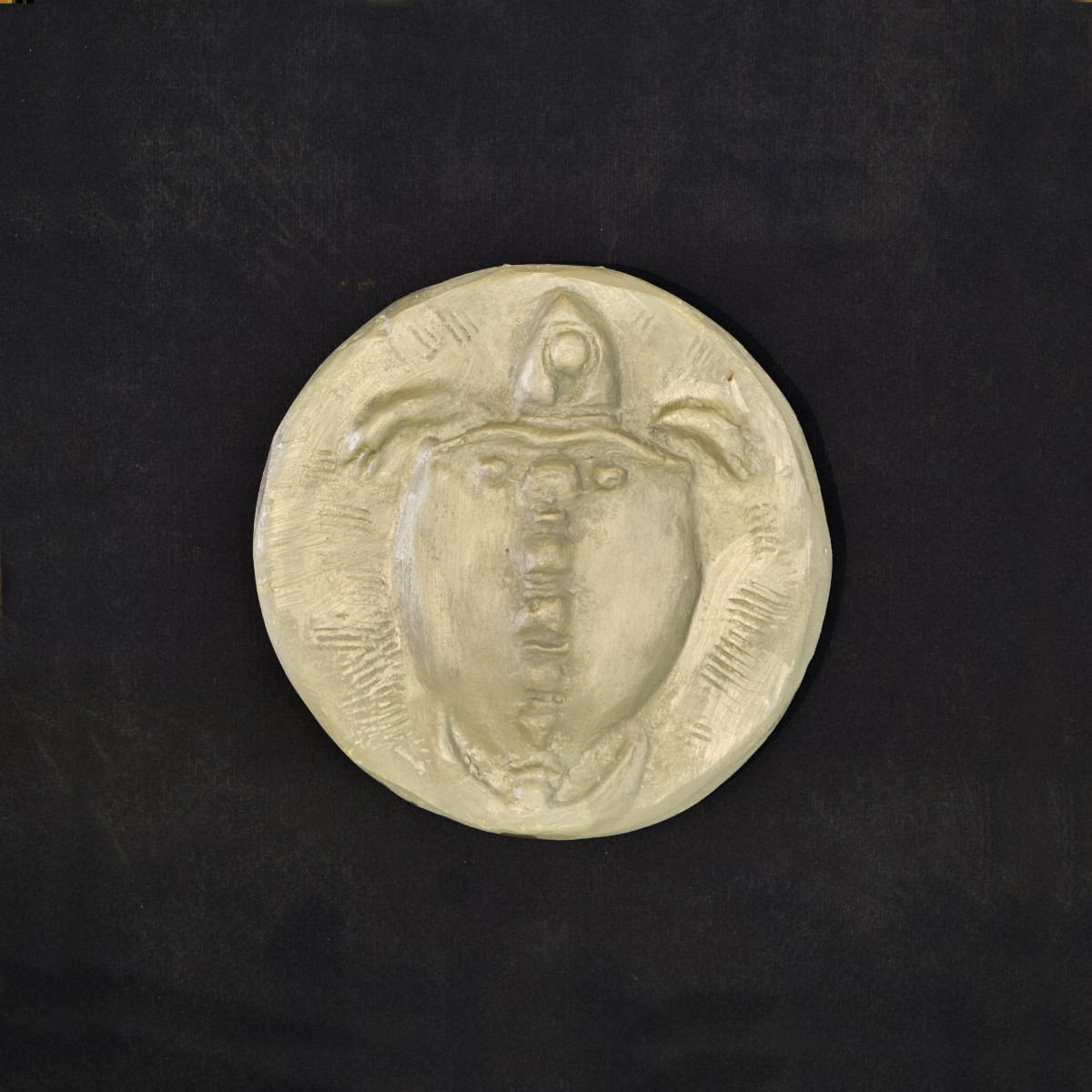
Silver stater, 479-456 BC Turtle/ Incuse square, divided into five compartments.
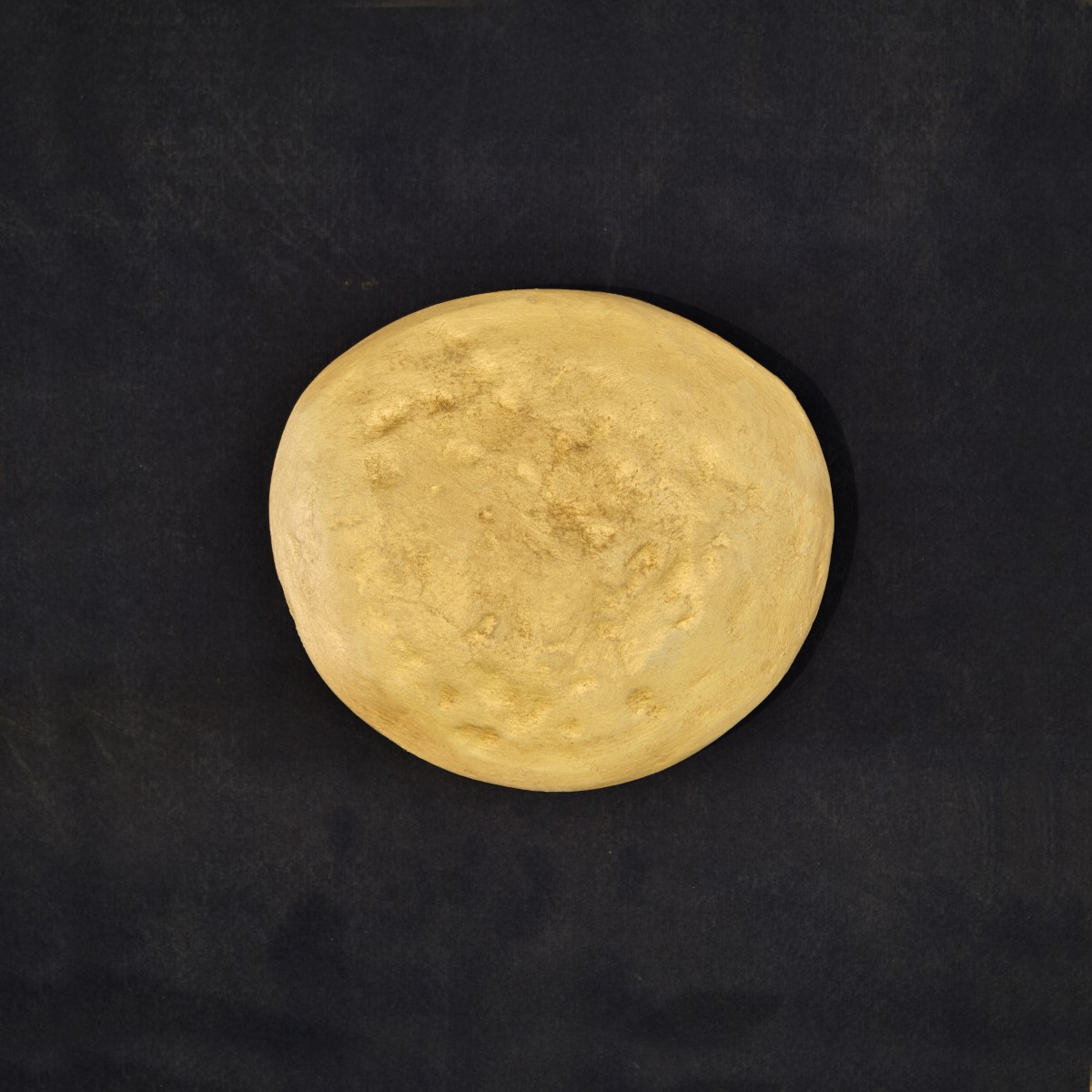
This coin found off the coast of the ancient Greek Apollonia Pontic, later Sozopoleos, in the Black Sea, is probably the oldest coin ever discovered in Bulgaria - and one of the oldest in the
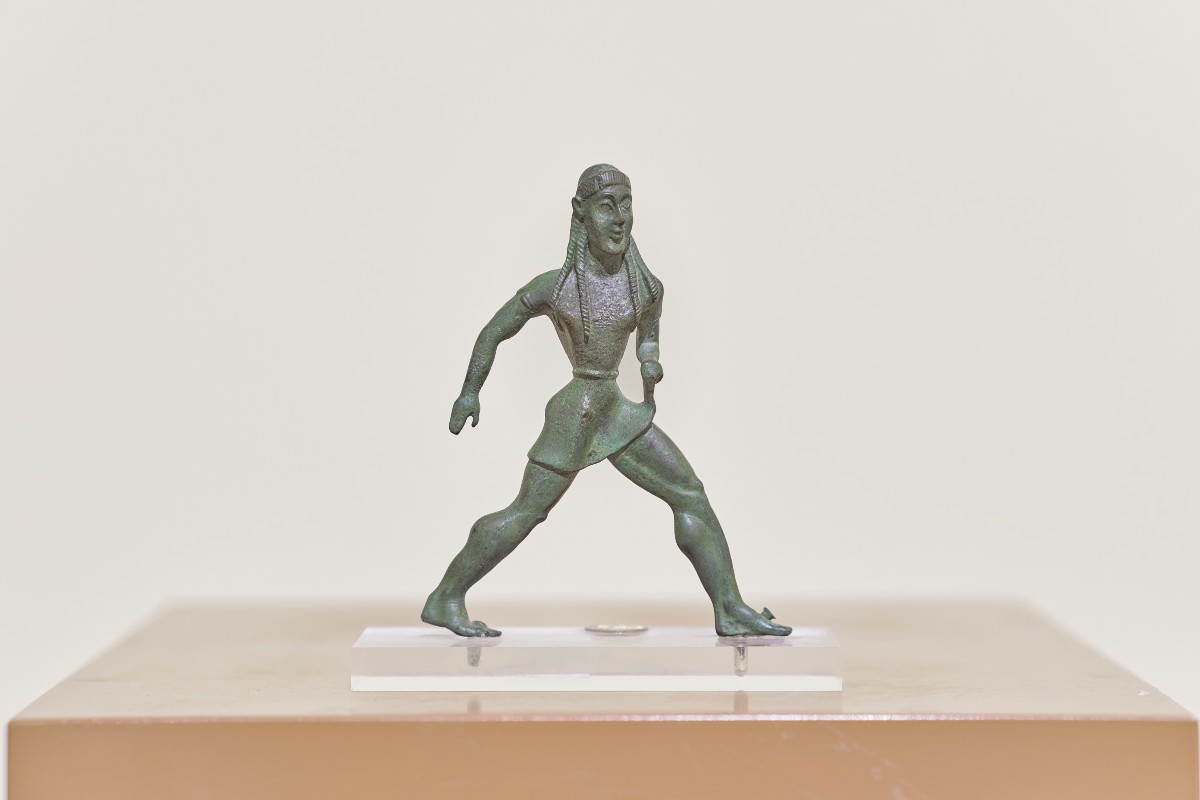
Bronze statuette of a girl running. Found in the sanctuary of Zeus at Dodona. Karapanos Collection. Middle of the 6th c. BC
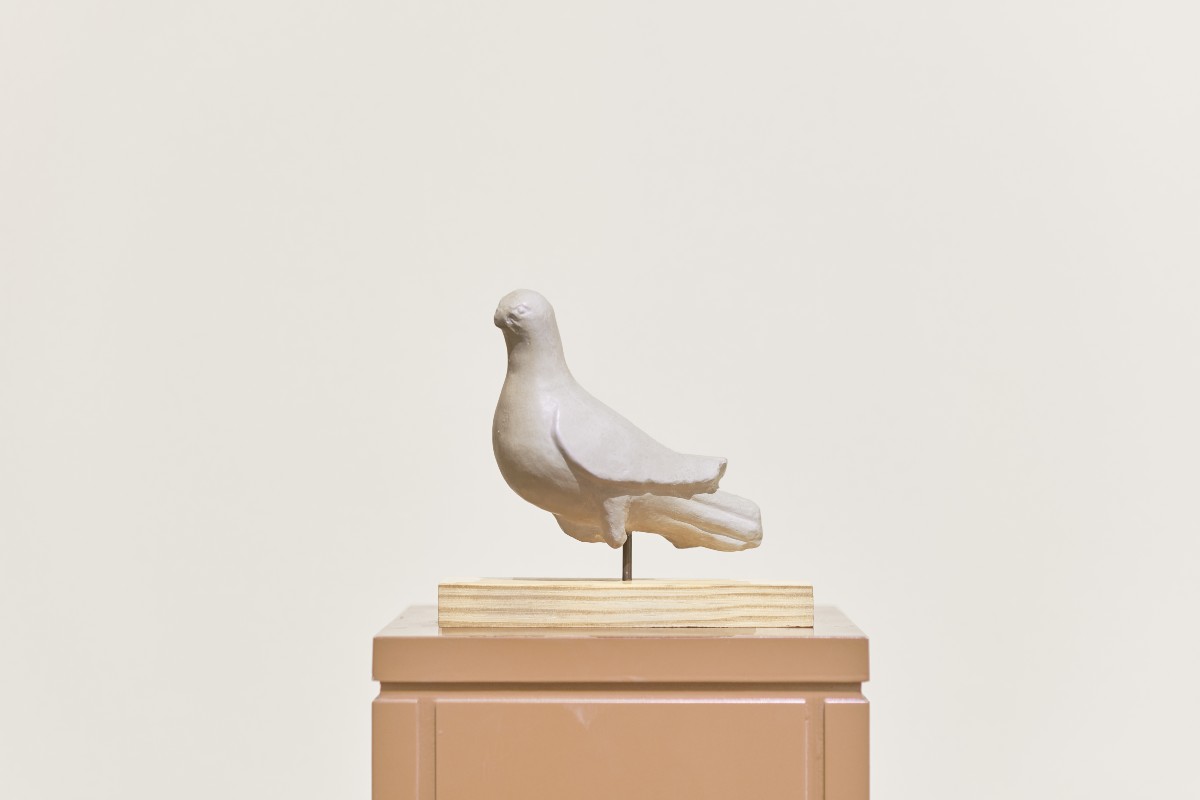
Votive figurine of a dove, offering to the goddess Aphrodite. From Daphni, Attica. Hellenistic period.

Clay figure of a seated woman holding a child. From Anthidon (Boeotia) 5th cent. B.C.

Marble head of Herakles bearing the lion’s skin. From the Ancient Agora in Athens. End of 6th cent. B.C.

Marble head of Alexander the Great. It may be attributed to the sculptor Leochares. Found on the Acropolis of Athens. About 335 B.C.

Clay female figurine. The figurine has bird shaped face. The body is shaped like a disk which the brest and arms are rendered in relief. Mycenaen period 14th century B.C.

Clay female “Ψ” type figurine. Stylized rendering of the human form with a cylindrical lower body, modelled breasts on the plank- shaped chest, raised arms and bird-shaped face. Figurines of this type,

Clay female figurine. 5th millenum B.C. Seated female figure with small conical head and emphasize breasts and buttocks. The steatopygic female figures belong to a wider tradition of Neolithic figurines of SE
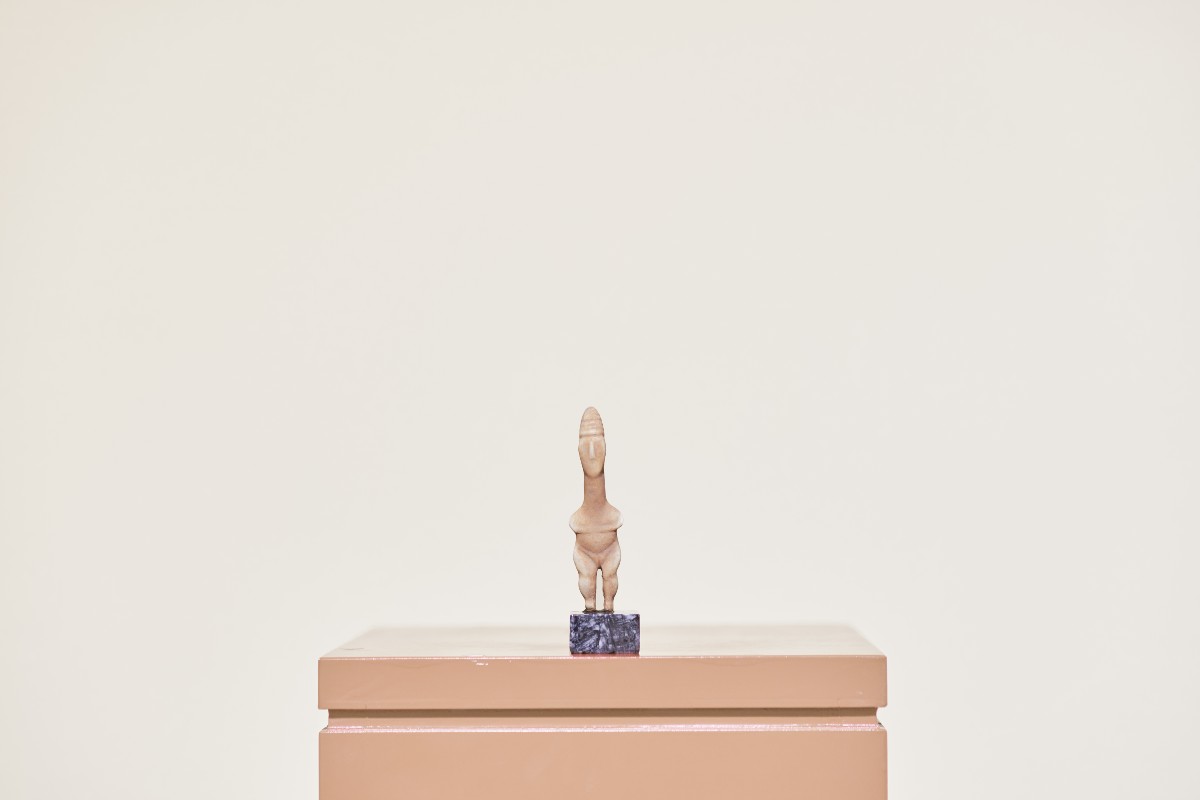
Marble figurine of a woman early Cycladic I period 3200-2800BC The Cycladic figurines of this form represent female figures standing naked, with the arms folded below their chest. Their abstract refine figure,
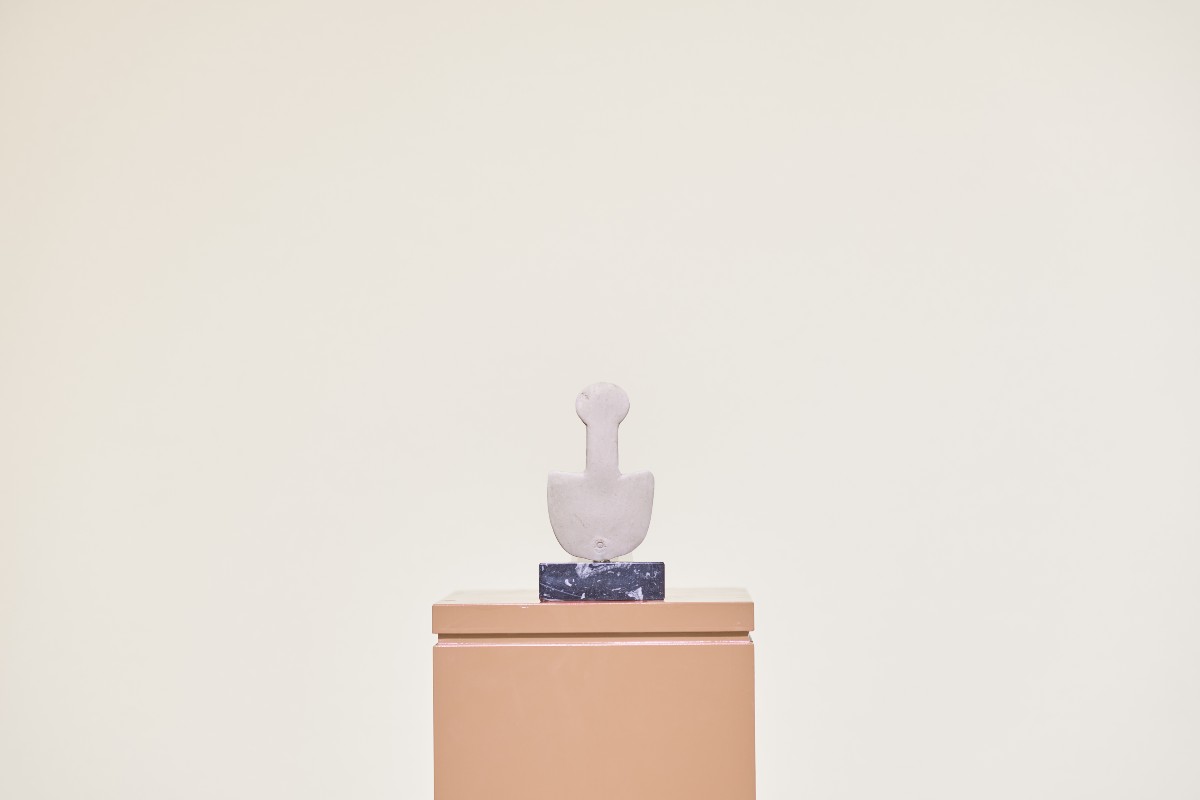
Trojar type figurine. The Origin on this type is probably from Asia Minor c 3300-2700.
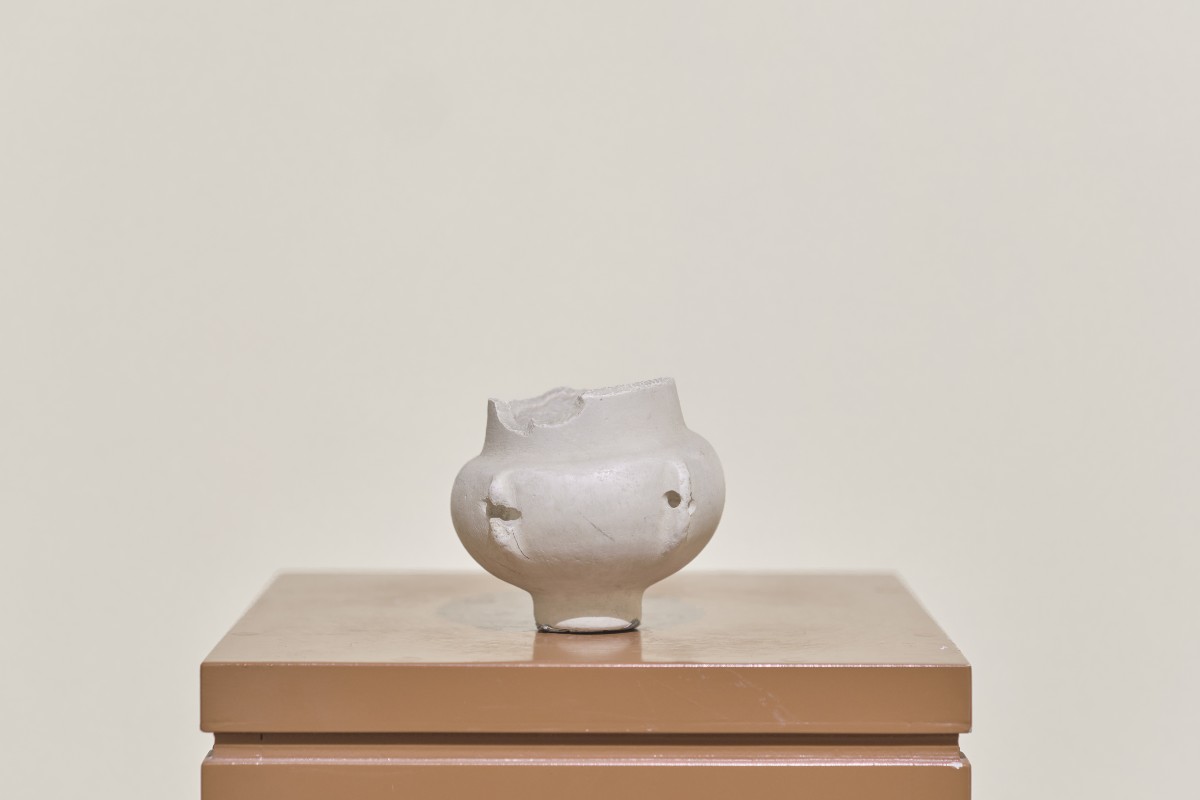
Another spectacular type of Cycladic vessel, is a marble type of collared jar with round body and conical foot. These were meant to be suspended from the ceiling, or trees, as suggested

A bronze drum with a relief representation of Zeus stepping on a bull and tearing apart a lion. There are also two young men, in the form of Assyrian demons, who are
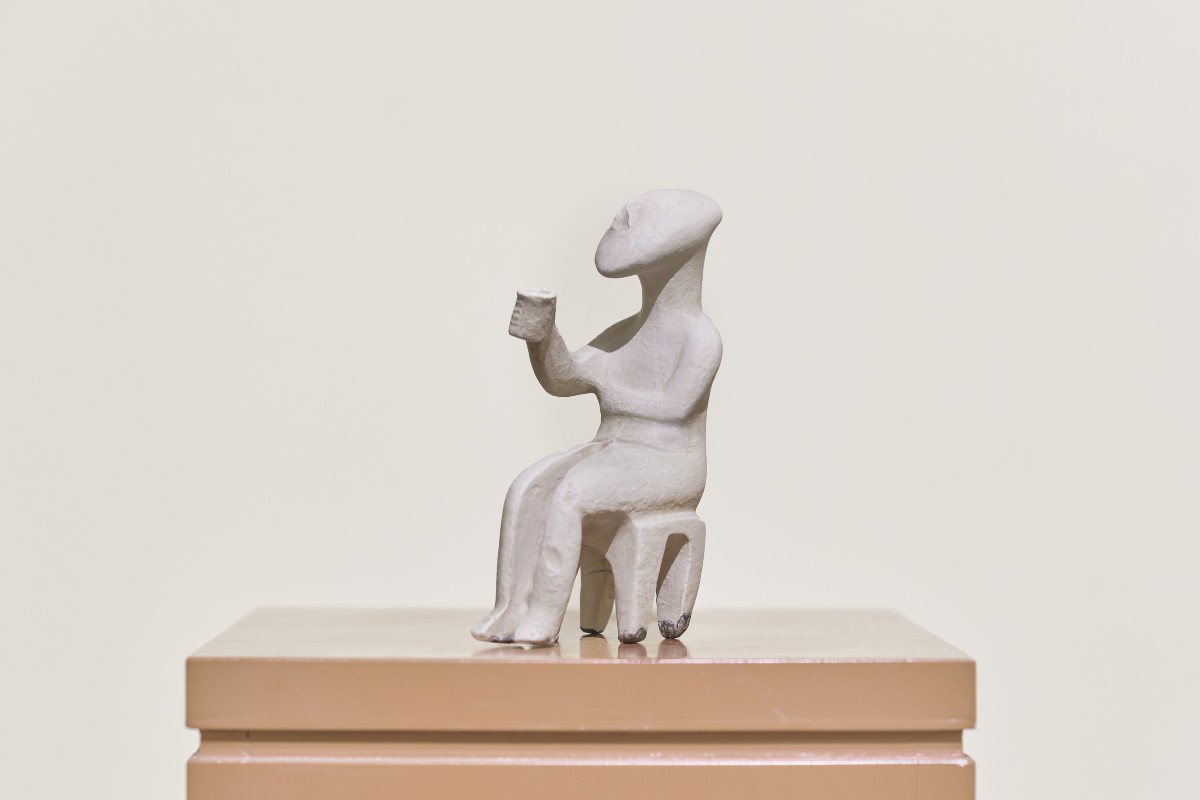
The cup-bearer / (special figure type) Early Cycladic II period (ca. 2600BC). Goulandris Collection.

A marble idol of a woman in Cycladic art with a rectangular shaped face. She is shown naked, upright, and with her hands crossed across her stomach. Her legs are represented graphically;
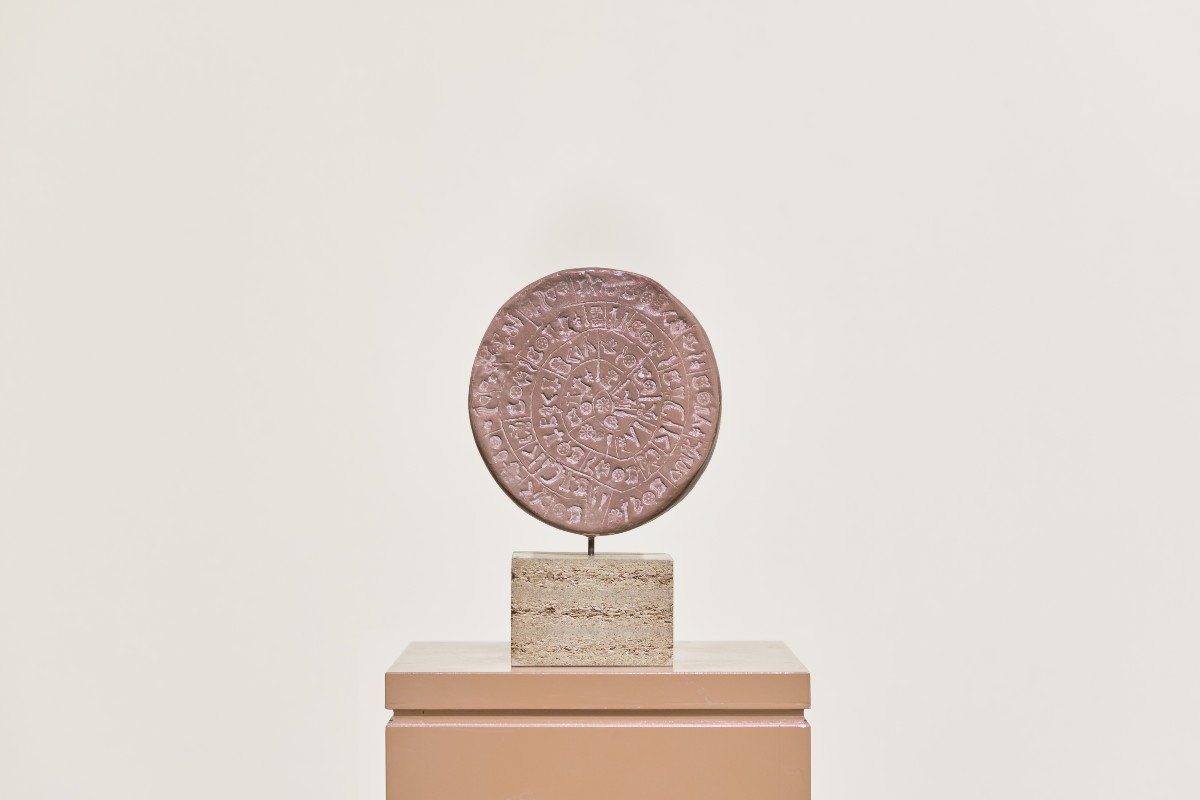
The inscribed clay Phaistos Disk with stamped pictorial signs in a spiral configuration and arranged into groups. Experts have not yet come to any definitive conclusion regarding the content of the inscription
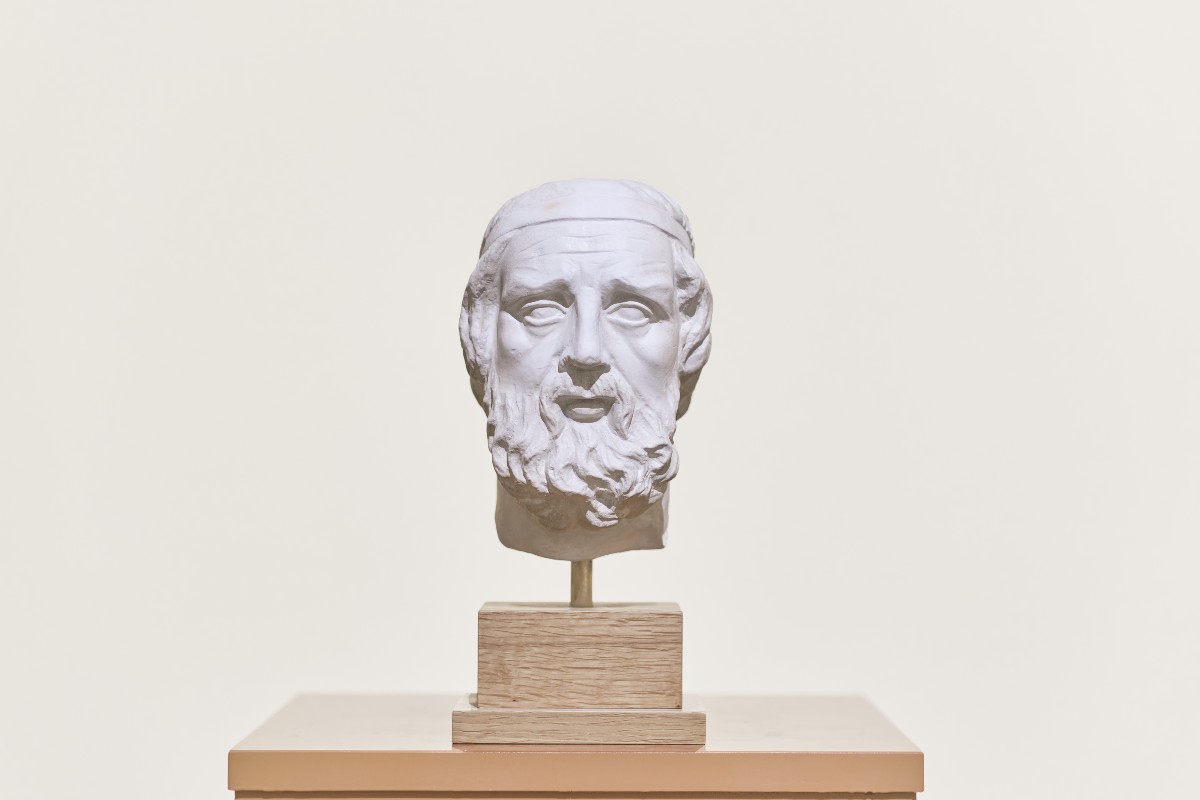
Marble head most probably of Homer. Roman copy of a Hellenistic original.

Marble votive relief from Athens or Piraeus. It has the form of a building with pilasters and relief antefixes on the roof. At the left, Zeus Meilichios is depicted seated on a

Votive relief of Asklepios. 5th c. BC. The relief comes for the Asklepieio of Piraeus, which was founded near the end of the 5th century. The relief of the Museum of Piraeus

Τheater mask for the character of the mischievous slave of the New Comedy, made to be hung on a wall. The original made of clay. Found at the Ancient Agora. Dated at

Tragic theater mask, representing a female character, made to be hung on a wall. The original made of clay. Found at the Ancient Agora.Dated at the 3rd century AD.

Marble votive relief from the Asklepieion in Piraeus. Asklepios is depicted leaning on his staff at the right, with his sacred snake coiled behind him. Before him is an altar, to which

Bronze tragic mask 4th c. BC. The mask was a basic accessory of the scene appearance from the beginnings of the ancient theatre. In addition to the gestures, the body language, the

The wonderful statue of Aphrodite - Venus was found in Melos and now adorns the museum of Louvre. She is standing upright with her body slightly leaning to the right. The bottom

Marble funerary stele. Found in Athens, in 1879. The dead woman is seated on a chair and holds a mirror in her right hand. Opposite her stands a young woman holding a

Marble head of a young girl (arktos) from a votive statue. Childish face, smiling, braided hair along the top of the head. Hair held back with a ribbon. Forehead and ears left

Marble head of a young girl (arktos) from a votive statue. Childish face, braided hair on the top of the forehead, diadem on the head. Ears are covered by spiral curls. According
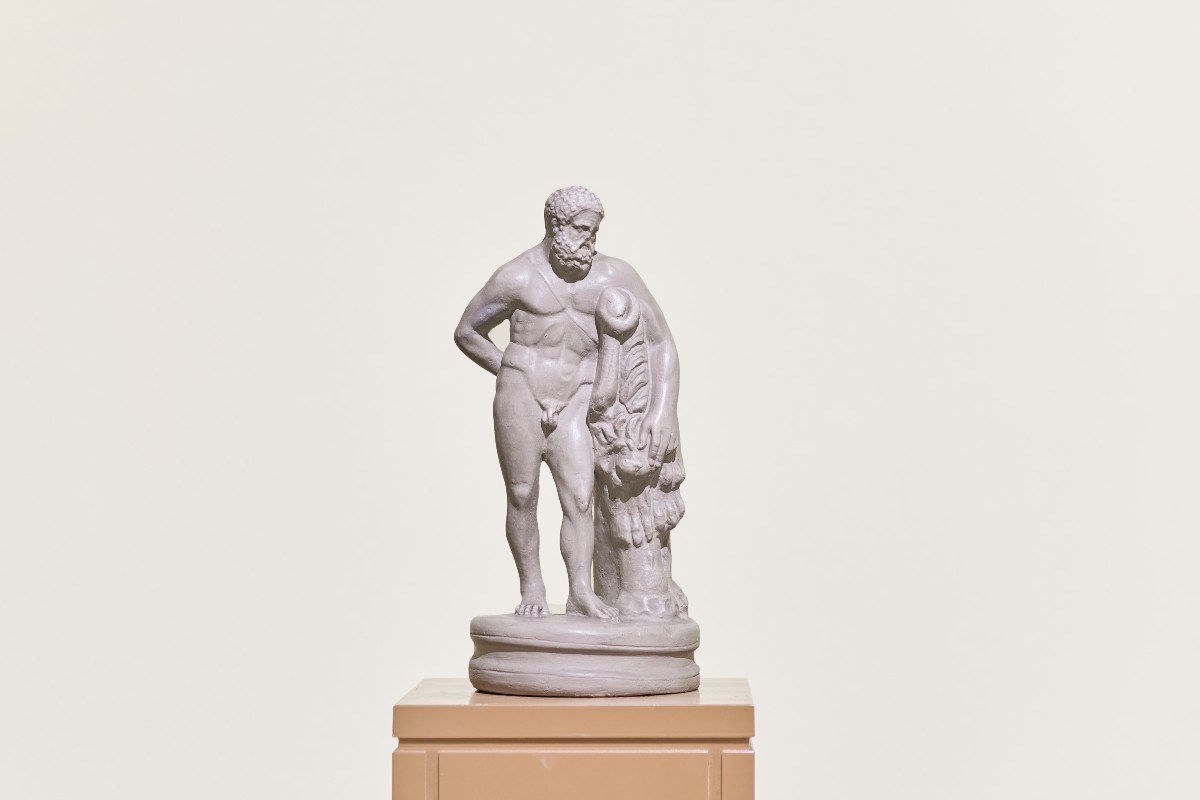
Statuette of Heracles leaning heavily on a club which is covered with the lion skin. The original made of marble. Found at the Ancient Agora. Dated at the 3rd century AD.
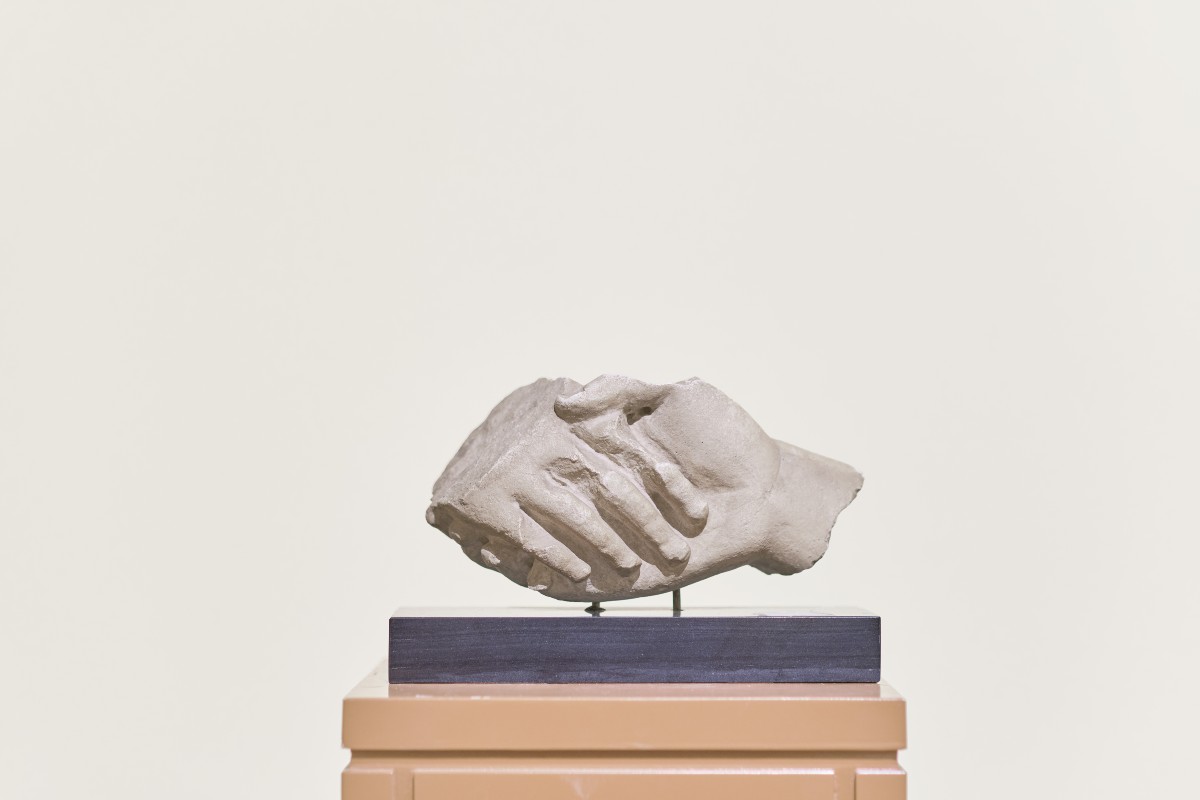
Two human hands in a shake of greeting, as a gesture often found in Attican tombstone reliefs of the 4th century.

The statuette was found at Gerontikon, in Nyssa, Asia Minor and brought to Athens by refugees in 1922. The young child, who is known as the little refugee, wears a hood tied

Marble statuette of a Tritoness. Found in the sanctuary of Despoina at Lykosoura, Arkadia, in 1889. Sea monster with the head and torso of a woman. The legs are covered with scales

Votive relief of pentelic marble. According to the inscription on the epistyle, the relief was dedicated to Hermes and the Nymphs. On one side the abduction of the Nymph Basile by the
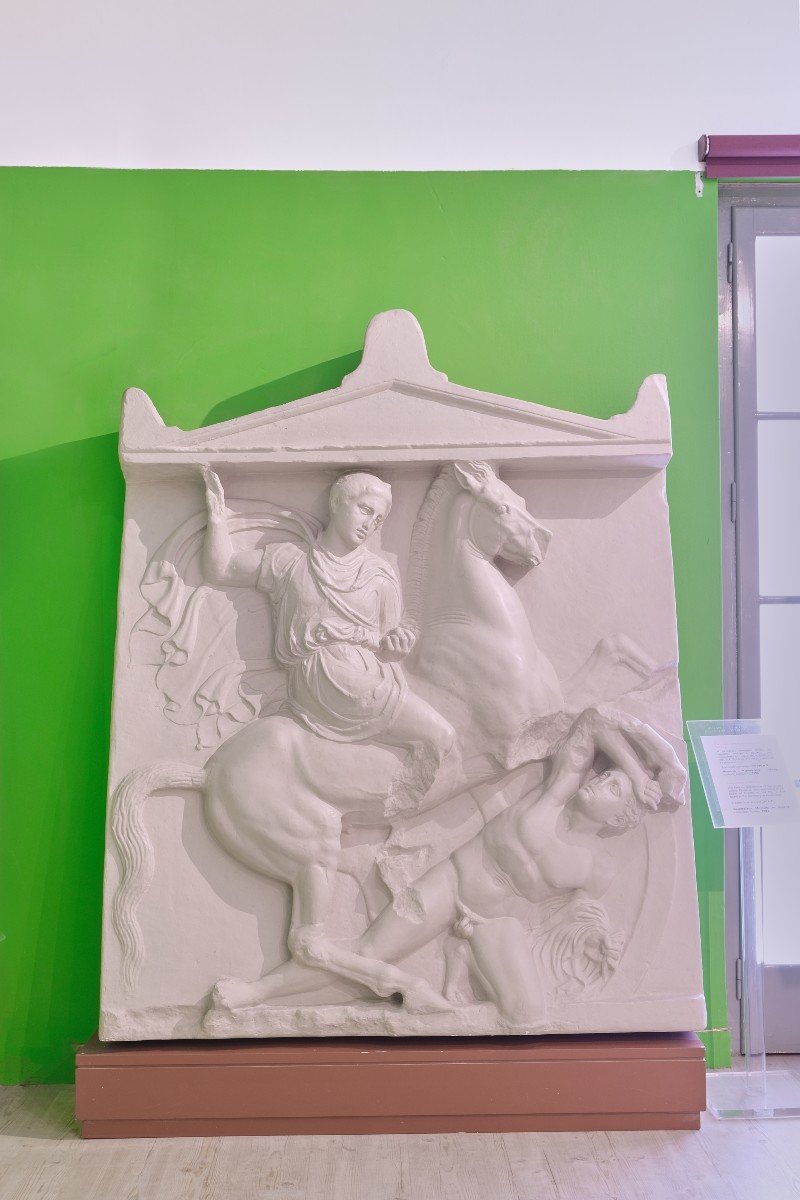
The Grave Stele of Dexileos. Found in Kerameikos, Athens on the grave of Dexileos, a great Athenian warrior. Dated to 390 B.C. National Archaeological Museum, Athens.
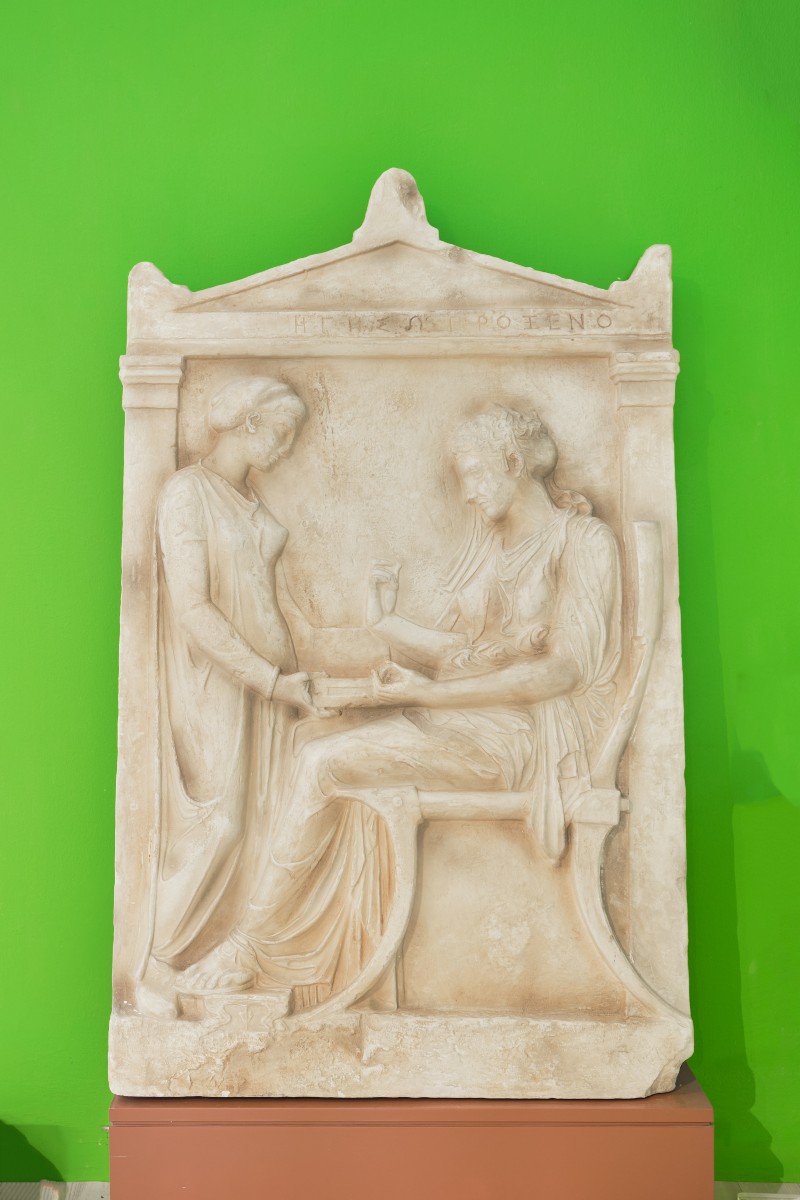
Grave stele of pentelic marble. Found in the Kerameikos, Athens, in 1870. It has the form of a naiskos with pilasters and a pediment with palmette akroteria. The larger part of the

Right part of a slab that has been regarded as belonging to the south side of the parapet of the Temple of Athena Nike. It depicts a winged Nike who adjusts or unbinds her sandal

Marble relief (Block II) from the West frieze of the Parthenon. The frieze shows the procession of the Panathenaic festival, the commemoration of the birthday of the goddess Athena. Here two horsemen

Bronze statue of Poseidon. Found at the bottom of the sea off Cape Artemision in north Euboea. The god is depicted in wide stride. The left arm is extended forward. In his

Fragments from the head and upper body of a snake which have been reassembled and restored. It is speculated that the reptile comes from the west pediment of the Hekatompedon and was possibly fixed in one

Marble head of a statue of Hera. Found in the Argive Heraion. From a cult statue of Hera or a statue that adorned the west pediment of the temple. Product of an
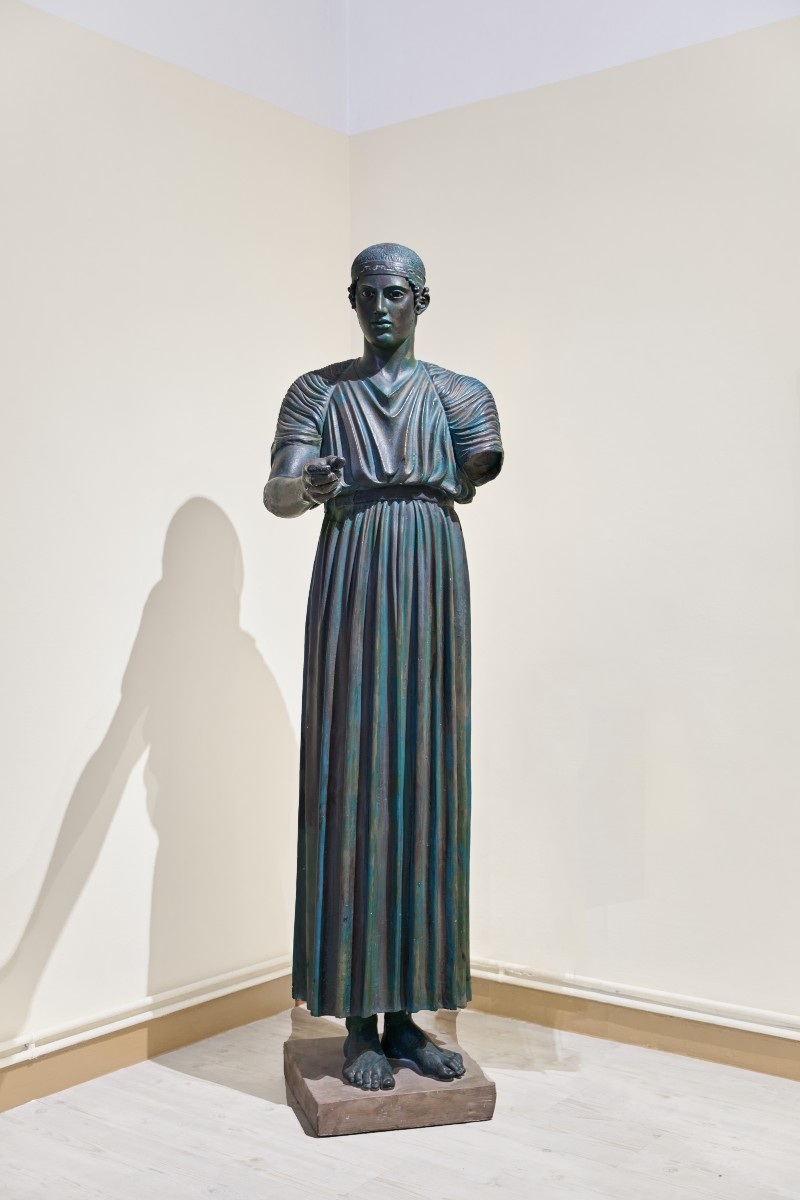
The Charioteer of Delphi, ex-voto of Polyzalos, tyrant of the Sicilian city Gela, counts among the masterpieces of plastic art of the early classical period. The bronze statue, part of a broader
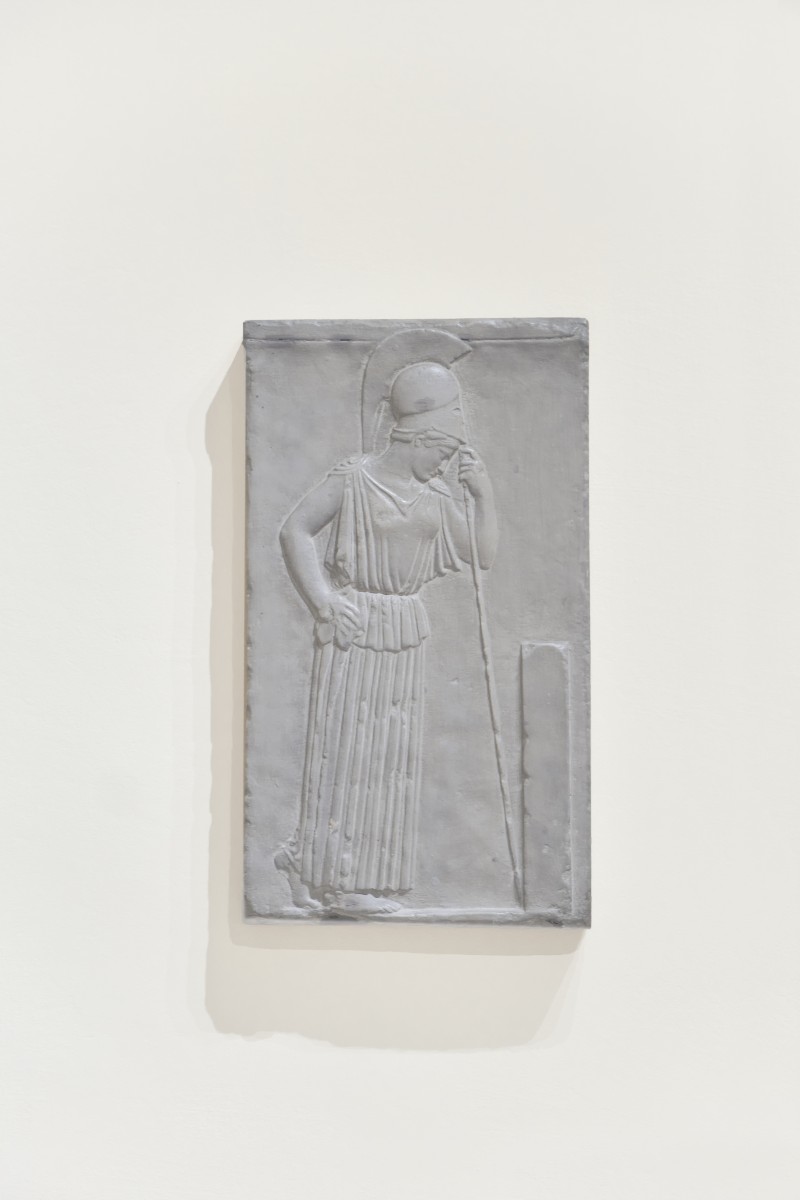
It was found in two pieces, south of the Parthenon and is one of the finest examples of the so-called "Severe Style". It depicts Athena standing in front of a low stele. The goddess wears

Marble head of a warrior. Found in the sanctuary of Aphaia, Aegina, in 1901. The warrior wears a Corinthian helmet, raised to reveal the entire face. On the forehead protrude two rows

Front part of a horse statue found east of the Erechtheion . The animal is moving to the right lightly lifting its right leg and turning his head to the same direction. The horse
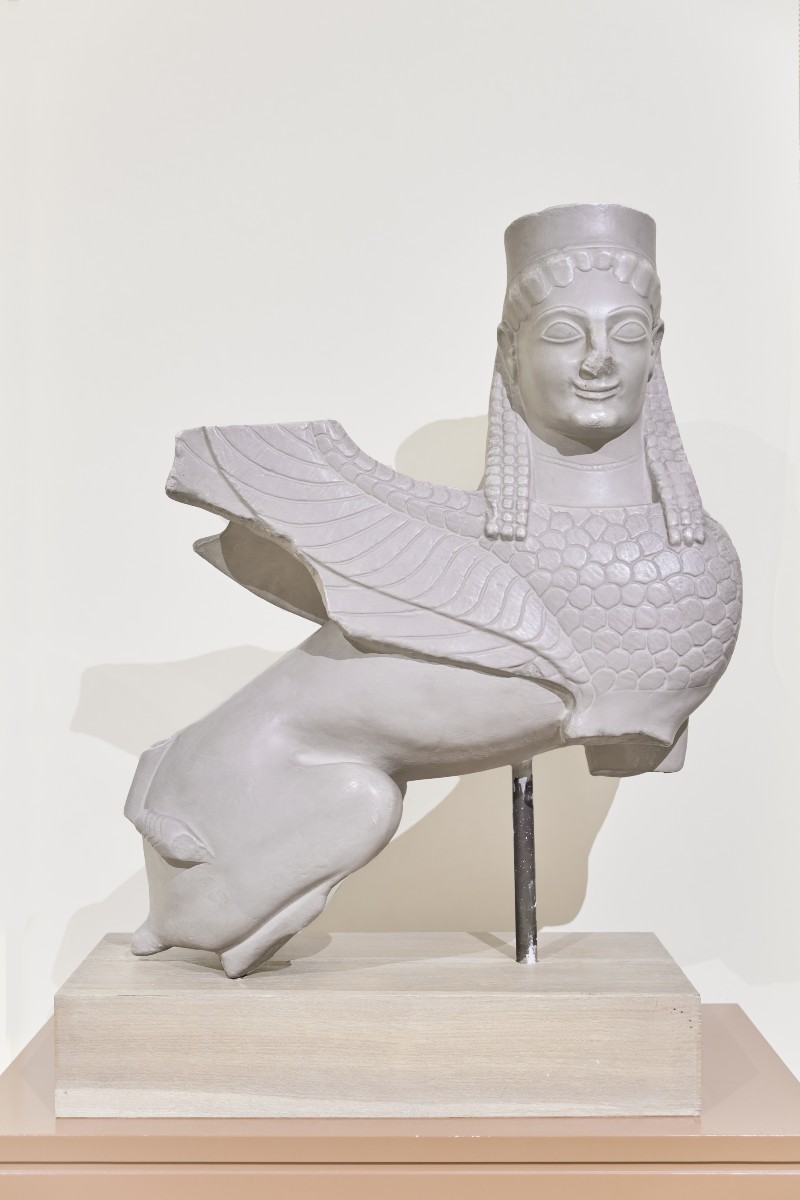
Funerary sphinx statue of pentelic marble. Found at Spata, Attica. The body is shown to the right, squatting on the hind legs, while the head is turned towards the viewer. She wears
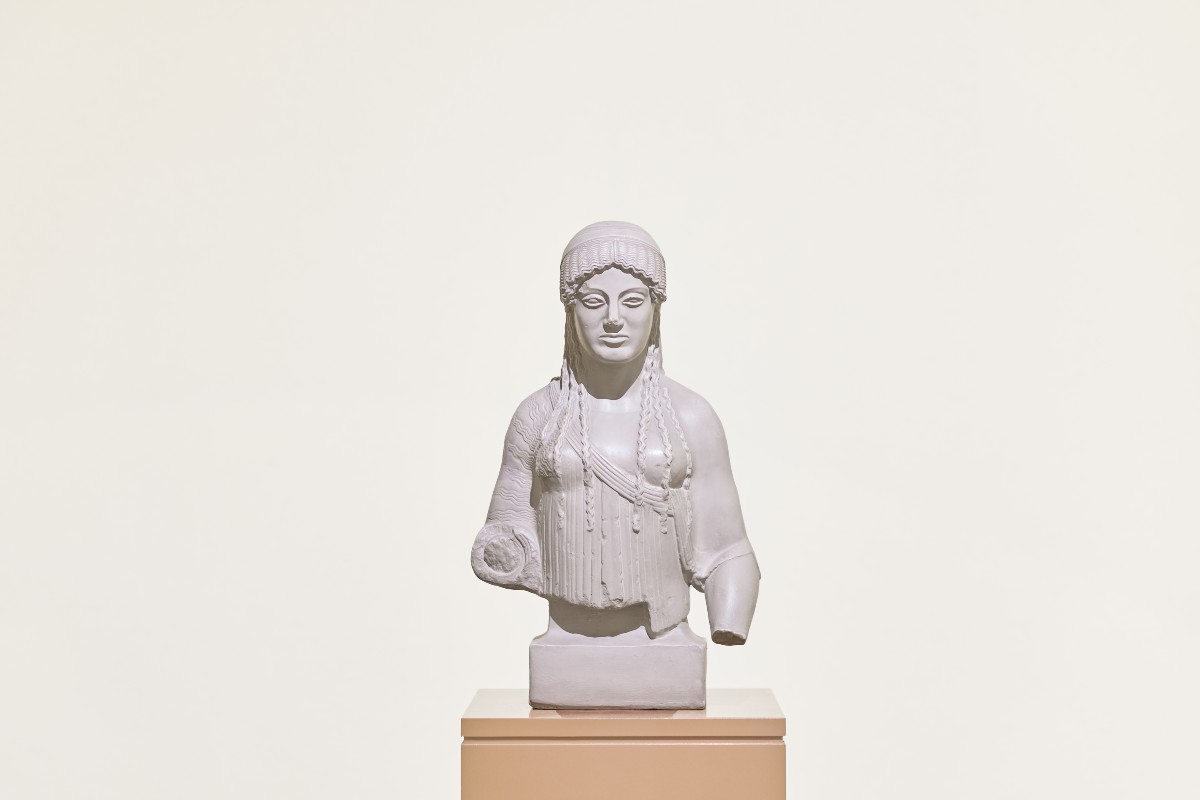
The upper part of the Kore was found east of the Parthenon . She is one of the latest Korai to be dedicated on the Acropolis. The Kore is dressed in a chiton and over it, a short himation which passes

Head of a statue of a youth binding his hair (diadoumenos) in island marble. The statue was found in Delos, in 1894. It depicts a nude victorious athlete, who is tying a
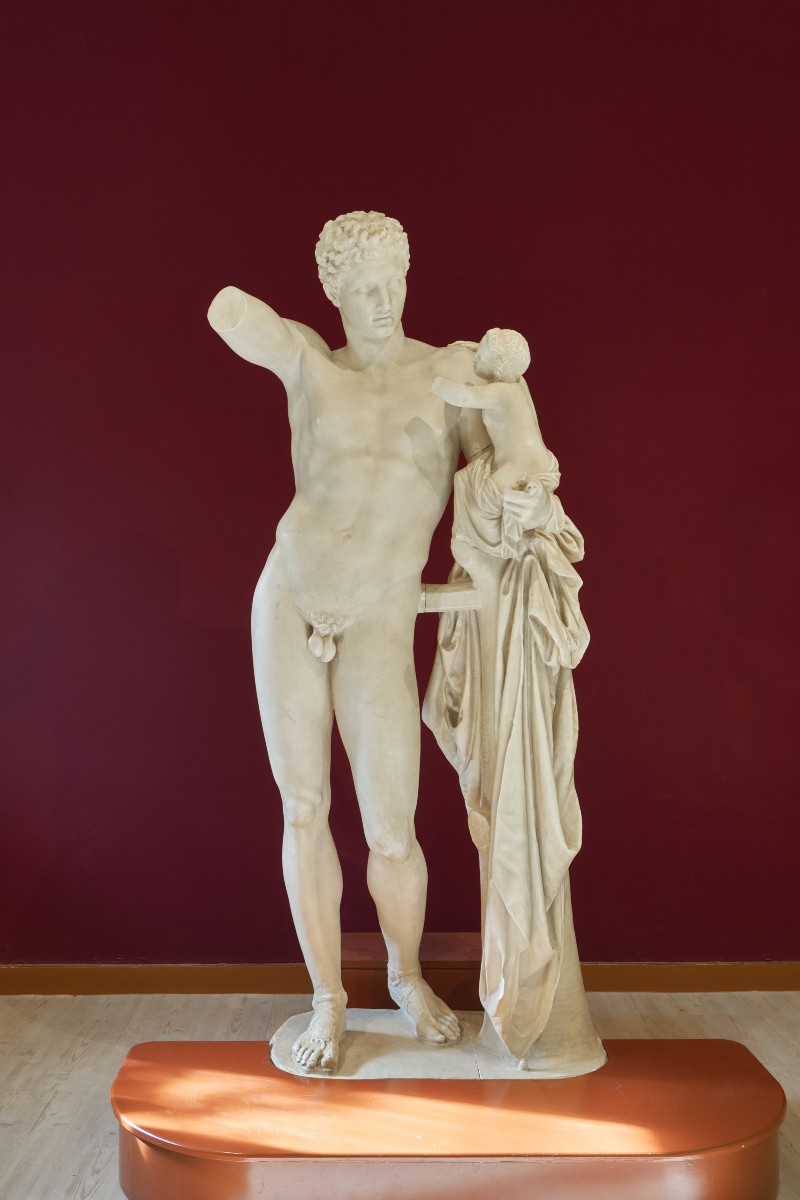
This group by the famous Athenian sculptor Praxiteles was found inside the temple of Hera in the sanctuary of Zeus at Olympia. The statue is made of Parian marble. Hermes is depicted

Marble base of a funerary kouros. Found in the Kerameikos, Athens, in 1922, built into the Themistoklean wall. Three of the sides have relief representations. The front has a depiction of youths
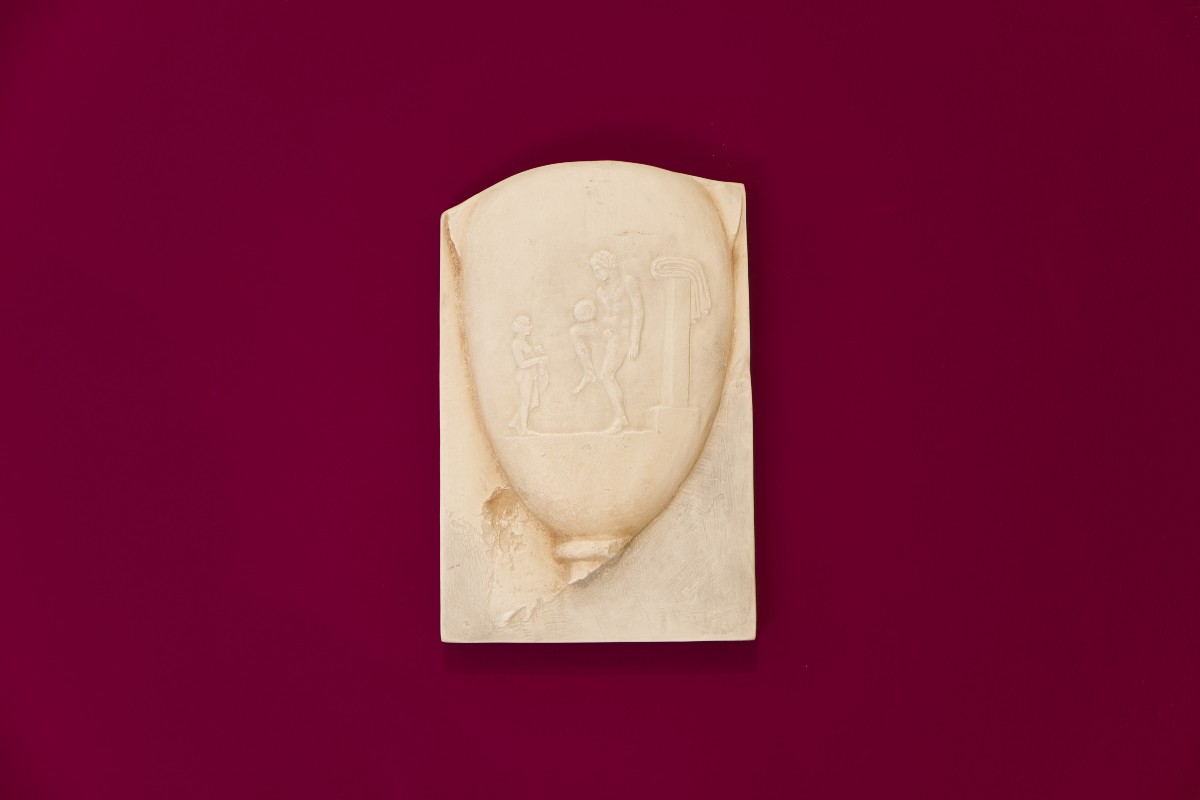
Part of a grave stele of pentelic marble. Found in Piraeus in 1836. A high vessel is depicted, with a relief scene on its body of a nude athlete practicing with a
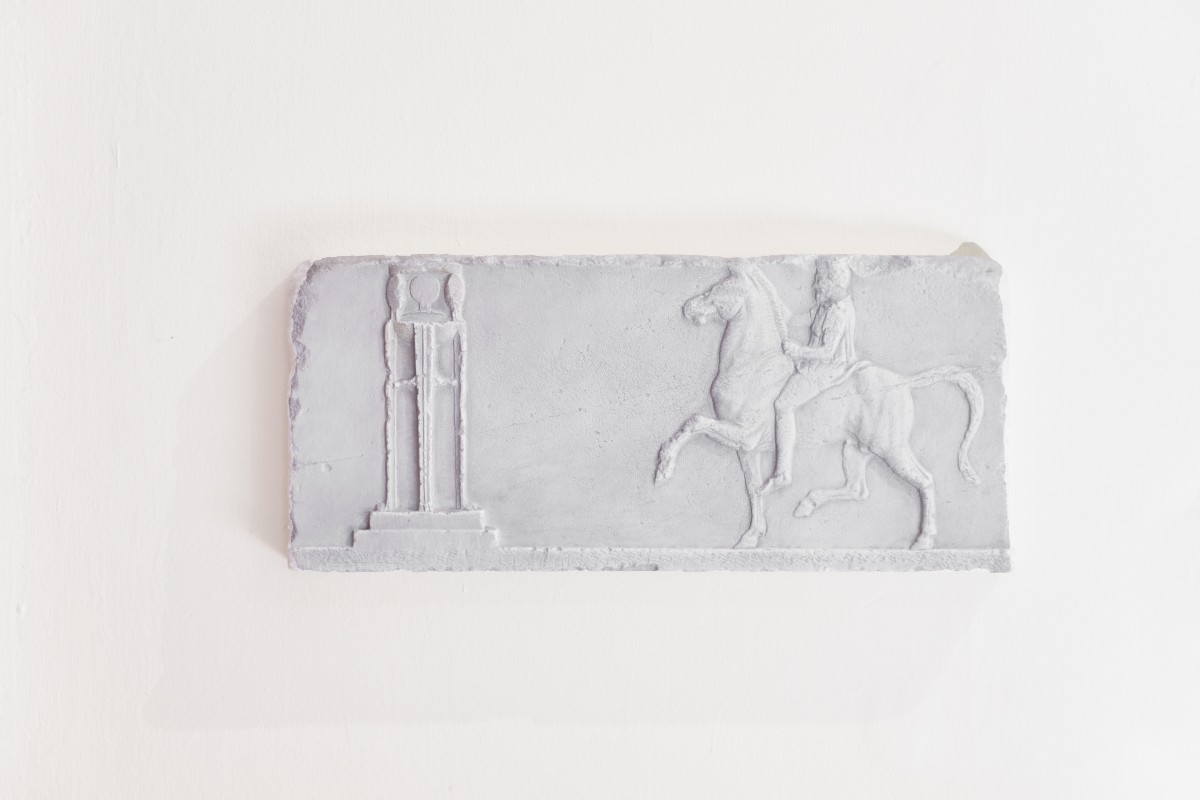
Marble base of an offering. Found to the north-east of the Theseion, Athens, in 1891. It served as the base, on which a votive bronze tripod would have been erected. On three

Relief of a runner in parian marble. Found near the Theseion in Athens, in 1901. It depicts a nude youth wearing an Attic helmet and running to the right in the

Funerary kouros of parian marble. Found at Volomandra, Attica, in 1903. A nude youth is depicted with long hair hanging down his back in beaded tresses and held above his forehead by

Part of a grave stele in pentelic marble. Found near the Dipylon gate in the Kermeikos, Athens, in 1873. The fragment comes from the upper part of the stele and preserves

Base of a funerary kouros in pentelic marble. Found in the Kerameikos, Athens, in 1922, built into the Themistoklean wall. The three visible sides have relief representations. On the front and left
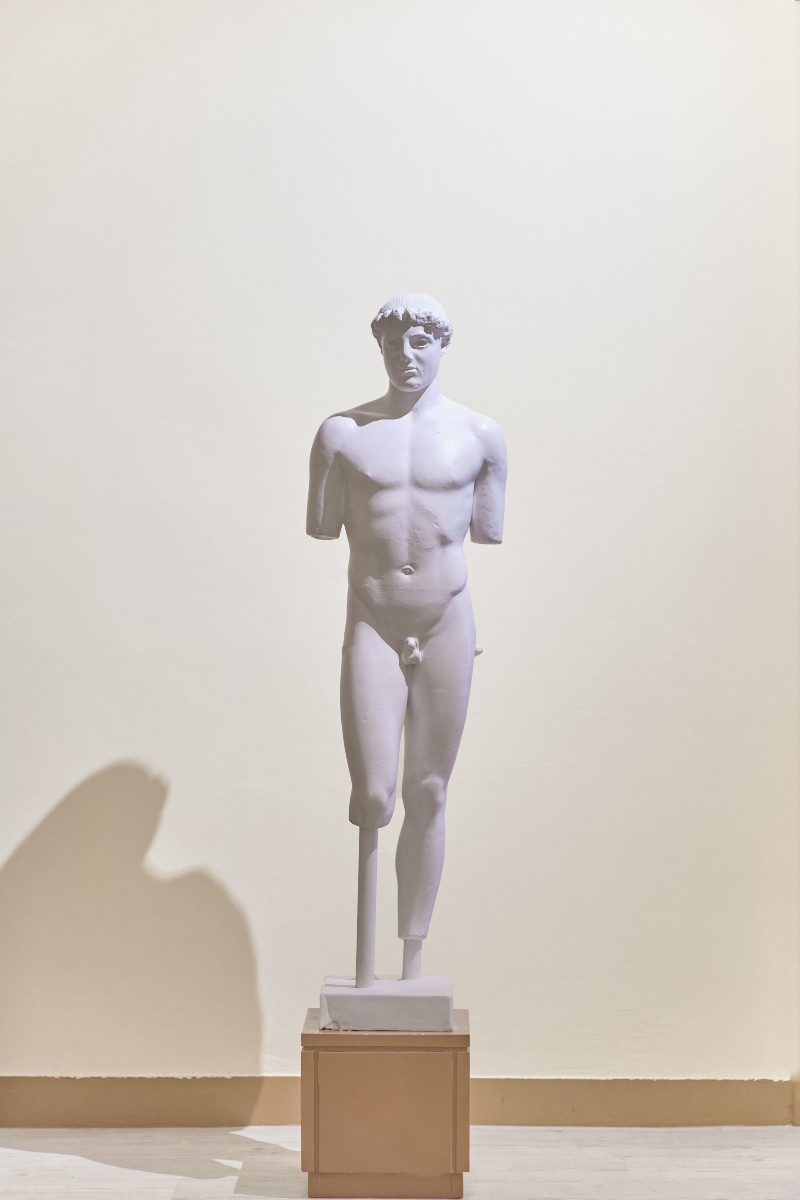
It is one of the most important works of ancient Greek art and the most characteristic of the so-called "Severe Style". Archaeologists have dubbed it the "Kritios Boy", after the name of

Female figurine of the canonical type (Spedos variety) Early Cycladic II period (ca. 2500 BC). Goulandris Foundation.

Stone bull’s head rhyton, left side of head and horns restored. It’s a masterpiece of Minoan art, worked with great precision to render the natural features of the real animal. This vessel

Geometric wine flagon on clay tripod base. On its neck there are the outlines of dear. The geometric style dominates the decoration. It dates from the 8th century BC. It dates from

Head of the bronze statue of Poseidon from Cape Artemision. The long hair, carefully combed in two braids, is tied around the head, while heavy wavy curls hang on the forehead (NAM
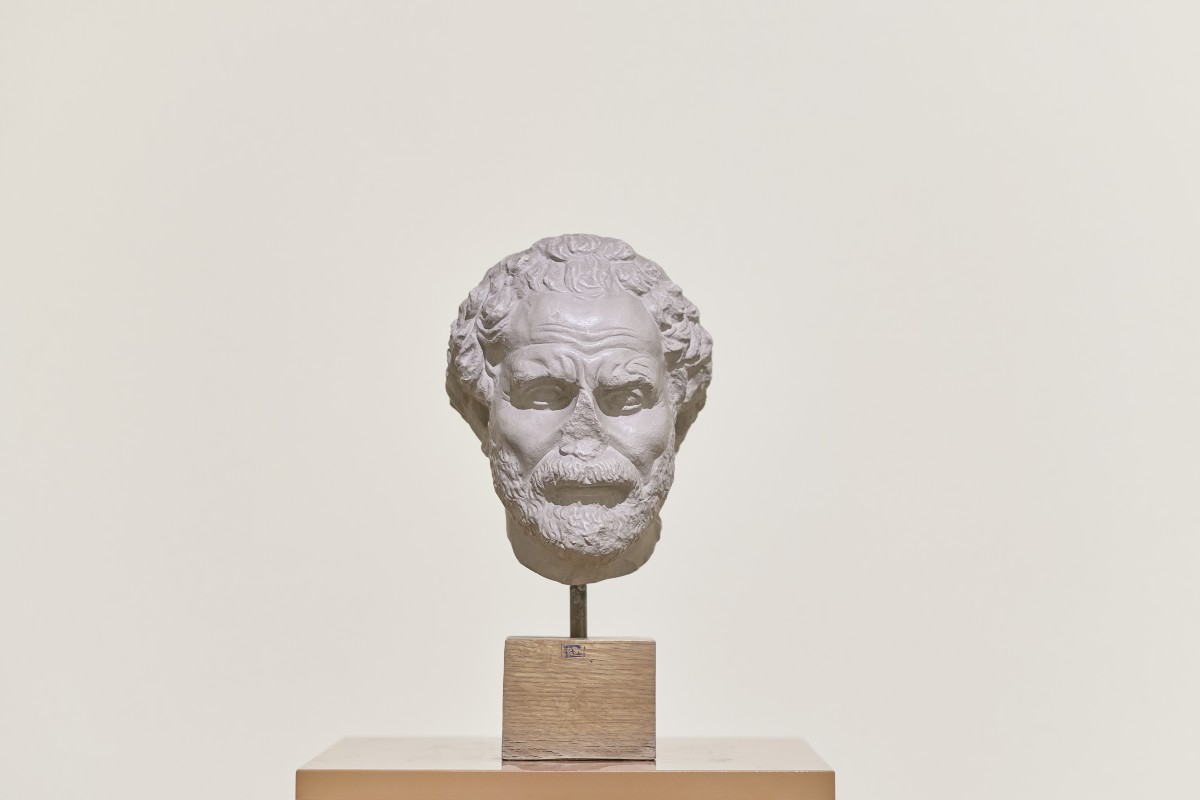
Marble head of Demosthenes. dated to 2nd century A.D. Roman period. National Archaeological Museum Athens.









